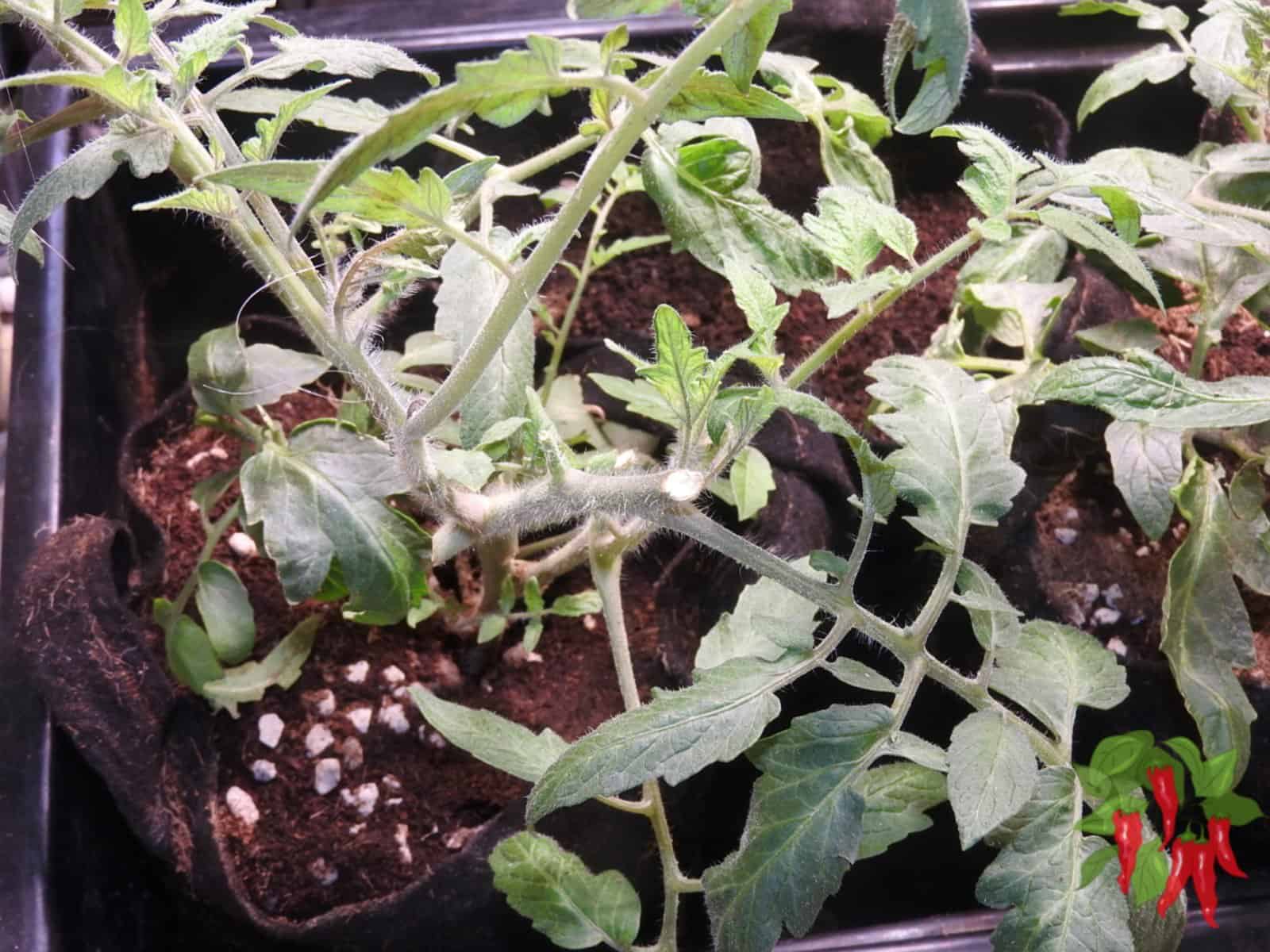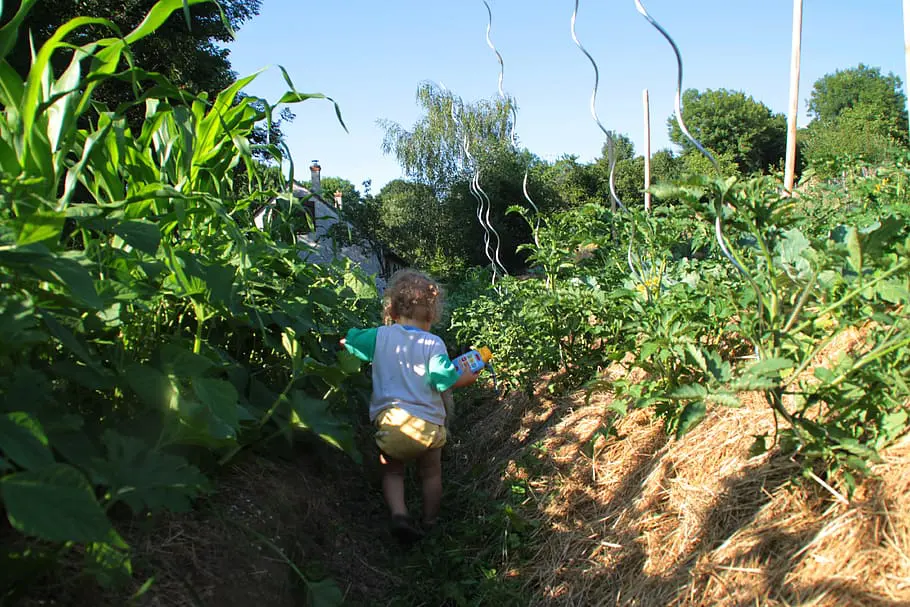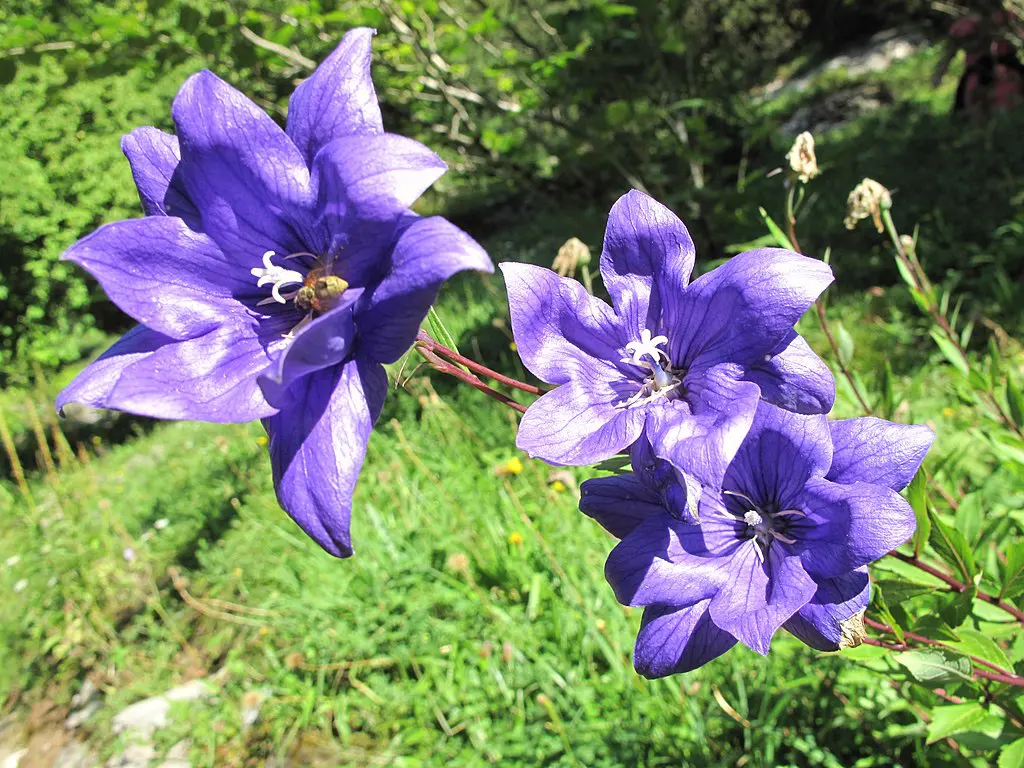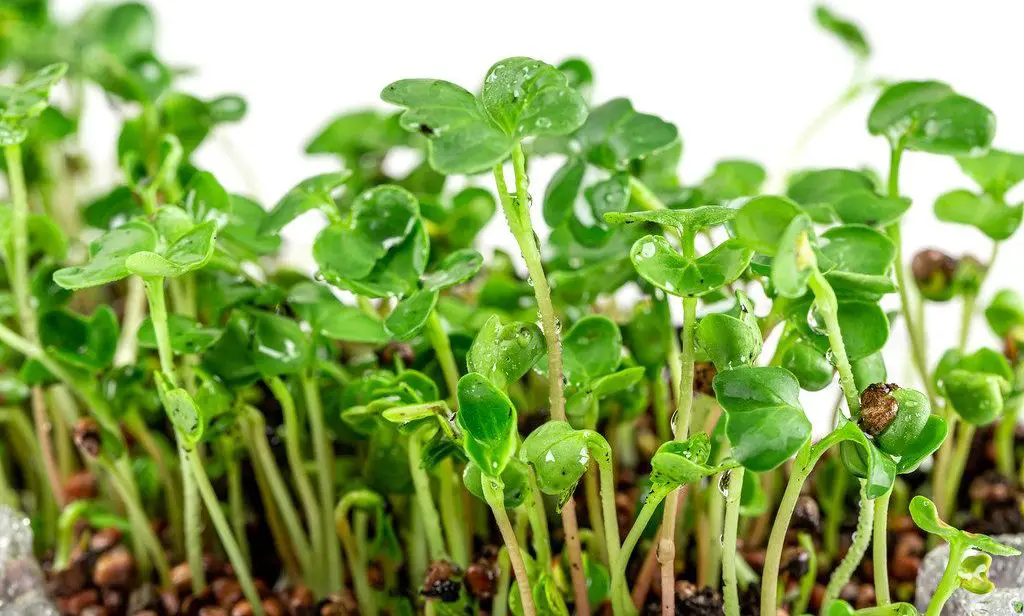This post contains affiliate links. If you buy something from one of our links we may earn a commission. Thanks
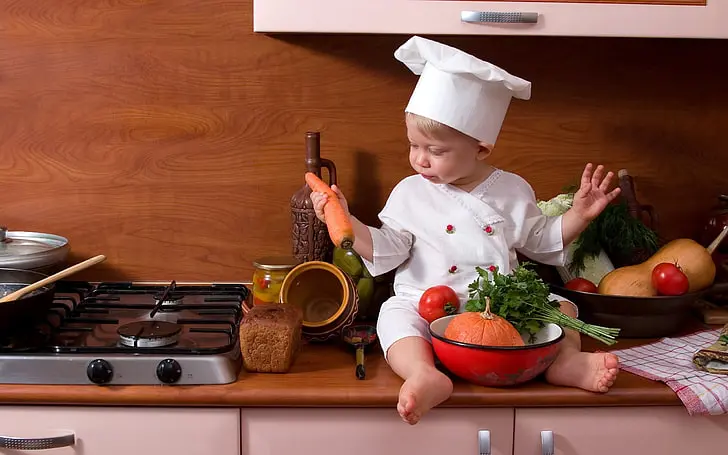
Ready to go green in a big way? Dive into ‘An Introduction to Baby Greens’ and learn why these little leaves are capturing hearts and kitchens alike!
Growing indoor Baby Greens is a quick and convenient way to have fresh greens year-round. Use a shallow tray with good-quality soil, and sow seeds densely. Place the tray near a sunny window or under grow lights. Keep the soil moist, and you can expect a harvest in just 2 to 4 weeks.
Ever find yourself strolling through the produce aisle, your eyes landing on those vibrant, petite leaves labeled as baby greens?
If you’ve wondered what the fuss is about, you’re in the right place. Welcome to An Introduction to Baby Greens, where we’ll peel back the leafy layers to discover why these little greens are a big deal. Trust us, you’ll want to stick around for this flavorful journey.
Introduction to Baby Greens
Baby Greens are young, edible leaves harvested from various plant species like spinach, arugula, and kale. They are picked at an early stage of growth, typically just after the first true leaves have developed. Rich in vitamins and minerals, they offer a tender texture and a milder, sweeter flavor compared to their mature counterparts.
So, you’ve heard about baby greens and you’re intrigued, huh?
In this first section, aptly named Introduction to Baby Greens, we’ll explore what exactly these little wonders are.
We’ll touch on everything from their definition and how they differ from other greens to their rich history and skyrocketing popularity.
We’ll even delve into why they’re so darn good for you. This is your one-stop shop for all things baby greens, so let’s get started!
Definition of Baby Greens
So, let’s start with the basics. Baby greens are young leaves harvested from various types of plants like spinach, arugula, and kale before they’ve reached full maturity.
Their young age gives them a tender texture and a flavor that’s often milder and sweeter than their adult versions.
They’re versatile, easy to incorporate into meals, and oh-so-delicious.
Brief Description of What Constitutes Baby Greens
Now that you’ve got the gist of what they are, you might be asking, What makes a green a ‘baby’?
Well, it’s all about timing. Baby greens are picked just after they’ve sprouted their true leaves, the leaves that appear after the initial seed leaves.
The idea is to harvest them when they’re large enough to eat but before they’ve reached their full size.
This is the sweet spot that gives us those tender, flavorful leaves we all know and love.
Difference Between Baby Greens, Microgreens, and Mature Greens
Now let’s tackle a common point of confusion: the difference between baby greens, microgreens, and mature greens.
While they may look somewhat similar, each has its own unique characteristics:
Baby Greens: We’ve already talked about these. They’re young but have at least one set of true leaves, and they’re harvested before they reach full maturity.
Microgreens: These are even younger than baby greens! They’re harvested just after the first leaves (called cotyledons) appear. They’re generally smaller and can have a more intense flavor.
Mature Greens: These are the fully grown versions, like the kale or spinach you might sauté for dinner. They have a more robust flavor and texture, but can sometimes be a bit tougher to chew.
In summary, it’s all about when they’re harvested. The younger they are, the tenderer and milder they’ll be.
So, whether you’re looking for a gentle introduction to greens or a flavor explosion, there’s something for everyone!
History and Popularity
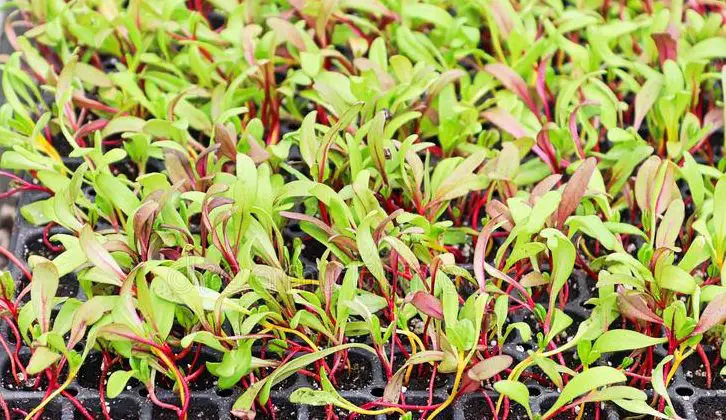
Ready to hop into a little time machine and discover how baby greens stole the culinary spotlight?
In this section, titled History and Popularity, we’re going to dig into the roots (pun intended) of these tiny treasures.
We’ll trace their humble beginnings and see how they managed to climb the ladder of culinary fame.
Trust me, it’s an intriguing tale full of twists, turns, and a whole lot of greens! So, buckle up and let’s dive in.
Origins of Baby Greens Cultivation
Let’s kick off with how it all started. Believe it or not, the practice of harvesting greens at an early stage has been around for centuries.
Farmers and gardeners found that these younger leaves were not only tender and tasty but also quicker to harvest than waiting for a plant to fully mature.
This quick turnaround made them incredibly valuable, especially in areas with short growing seasons.
So, these little leaves have a history that’s rooted (yep, another plant pun!) in both practicality and palate-pleasing qualities.
Evolution of Their Popularity in Modern Cuisine
Fast-forward to the present and baby greens have gone mainstream.
They’re not just confined to the realm of high-end restaurants and foodies; you can find them at your local grocery store, in pre-packaged salads, and even in ready-to-blend smoothie mixes.
What led to this rise in fame? Well, the wellness wave definitely played a role.
As more people started focusing on health and nutrition, the demand for foods that are both tasty and good for you soared.
Baby greens fit that bill perfectly: they’re nutrient-rich, and versatile, and they don’t skimp on flavor.
Add to that the Instagram factor as those vibrant colors and textures are just begging to be photographed and you’ve got a recipe for foodie fame.
So there you have it, from time-honored farming practices to 21st-century grocery carts, baby greens have traveled quite the journey to earn their place in our meals today.
Health Benefits
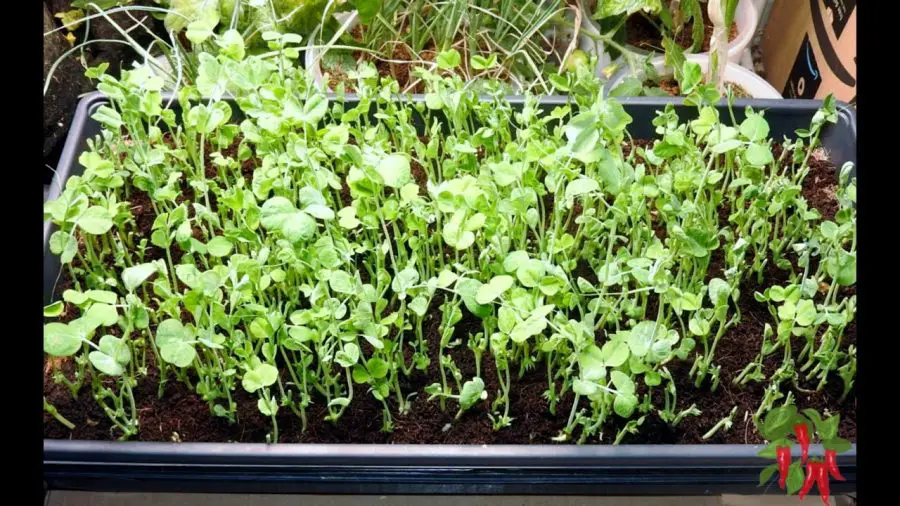
So, we’ve talked about what baby greens are and how they’ve grown (literally) in popularity, but what about the health perks?
In this section, aptly named Health Benefits, we’re going to unpack all the nutritious goodness packed into these tiny leaves.
From vitamins and minerals to why they might just be a better option than their mature counterparts, we’re covering it all.
Get ready to give your body a high-five for adding these gems to your diet!
Nutritional Profile: Vitamins, Minerals, and Antioxidants
Let’s dive into the nutritional treasure trove that is baby greens. These little guys are like nature’s multivitamin.
They’re packed with essential nutrients like vitamins A, C, and K, not to mention minerals like iron and calcium.
But wait, there’s more! Many baby greens are also rich in antioxidants, those marvelous molecules that help fend off harmful free radicals in the body.
Imagine each leaf as a mini-shield guarding your health. The antioxidants in baby greens like baby spinach and baby kale can support everything from your immune system to your skin’s glow.
Advantages of Consuming Baby Greens Over Mature Greens in Terms of Digestibility and Nutrient Density
Now, you might be wondering, Why should I go for baby greens when I can get mature greens? Excellent question!
First up is digestibility. Baby greens are easier on the stomach. Their tender leaves and stems break down more easily, making them a great option for folks who might have digestive issues.
Next, let’s talk nutrient density. Because they’re harvested young, baby greens often have a higher concentration of nutrients per bite compared to their mature counterparts.
Think of it this way: it’s like getting the nutritional punch of mature greens but in a more concentrated, easy-to-digest form.
So, not only are you getting a burst of flavor with baby greens, but you’re also doing your body a whole bunch of nutritional favors. It’s basically a win-win situation!
Common Types of Baby Greens
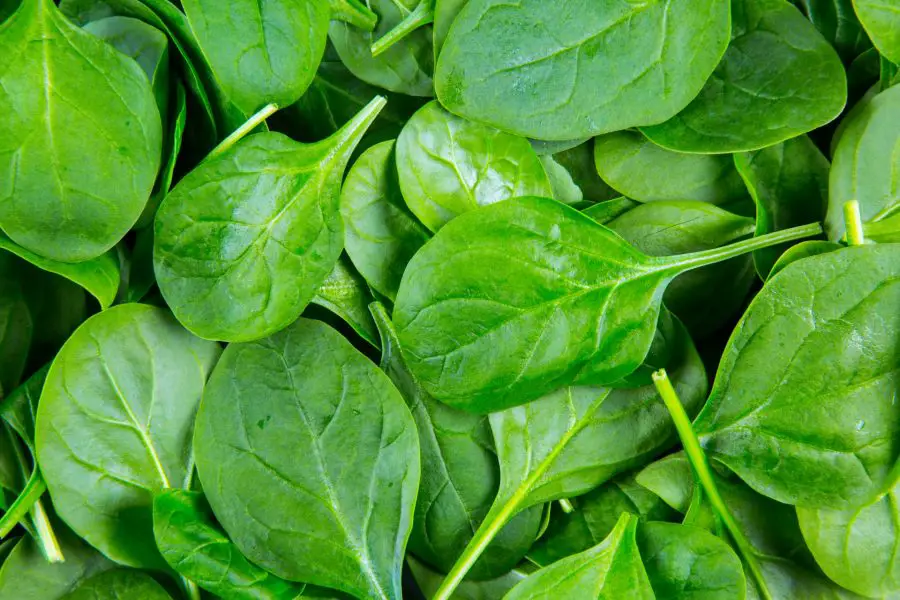
Alright, now that we’ve geeked out on all the amazing health benefits, let’s get to know the stars of the show.
In this section, titled Common Types of Baby Greens, we’ll introduce you to the various little leafy wonders you’re most likely to encounter.
Whether you’re a salad aficionado or just looking to jazz up your next meal, knowing your baby greens can be both fun and rewarding.
We’ll go over popular picks like baby spinach and baby arugula, and also introduce you to some lesser-known but equally delightful options. Ready to meet the lineup? Let’s go!
List of Popular Baby Greens
So, let’s roll out the green carpet for these stars. Some of the most popular baby greens you’ll encounter are baby spinach, baby arugula, baby kale, baby Swiss chard, and baby romaine.
Each has its own unique texture, flavor, and nutritional profile, making them perfect for different types of dishes.
Want to make a salad? There’s a baby green for that. Need something for a smoothie? There’s a baby green for that too!
Brief Description and Flavor Profile of Each
Baby Spinach: This is like the friendly neighbor of the baby greens community.
Baby spinach is mild in flavor and incredibly versatile. It’s great in salads, smoothies, and even cooked dishes.
Nutrient-wise, it’s a powerhouse, loaded with iron and vitamins.
Baby Arugula: If you’re in the mood for something peppery and a bit spicy, baby arugula is your go-to.
It’s perfect for giving your salad or pizza that extra kick. Plus, it’s a good source of calcium and vitamin K.
Baby Kale: It’s the darling of the health food world. Baby kale is slightly less bitter than its mature version, making it a fantastic intro for kale newbies.
It’s chock-full of antioxidants and other nutrients, making it great for your health.
Baby Swiss Chard: With its vibrant colored stems and tender leaves, baby Swiss chard is a feast for both the eyes and the palate.
It has an earthy flavor with a hint of beet-like sweetness, and it’s packed with vitamins A and C.
Baby Romaine: Looking for that classic crisp crunch in your salad? Baby romaine is where it’s at.
It’s not just about texture; it also comes with a good dose of vitamins A and K.
So, whether you’re in the mood for something mild or want to spice things up, there’s a baby green out there with your name on it!
Cultivation Specifics
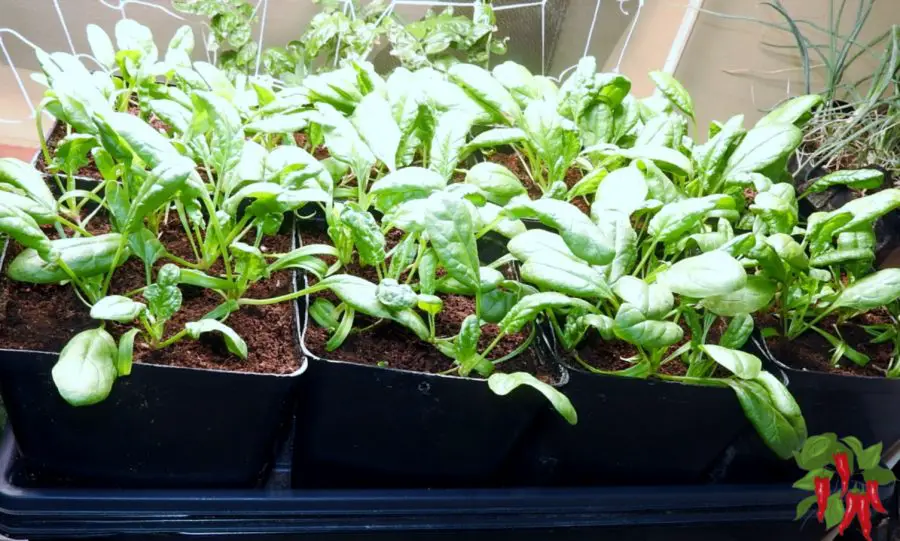
Okay, so we’ve talked about the what and the why of baby greens; now let’s get into the how.
In this section called Cultivation Specifics, we’re shifting gears to explore how these leafy gems go from seed to plate.
Whether you’ve got a green thumb or you’re just curious, understanding the growing process can give you a whole new appreciation for these nutritional powerhouses.
We’ll cover when these greens officially earn their baby title and what it takes to grow them yourself. Trust me, it’s easier than you think!
When are Greens Considered Baby in Their Growth Cycle?
First thing’s first, what exactly makes a green a baby? In the plant world, timing is everything.
Generally, greens earn their baby title when they’re harvested early in their growth cycle, usually before they reach full maturity.
Think of them as the teenagers of the plant world. Full of potential and zest, but not quite fully grown.
The precise timing varies a bit depending on the type of green, but it’s usually just a few weeks after planting.
The General Timeline from Seeding to Harvest for Baby Greens
Now let’s talk about timing. I promise you don’t have to be a seasoned farmer to get this right.
Typically, most baby greens are ready to harvest about 21 to 28 days after planting the seeds.
Yup, you read that right. In less than a month, you could be enjoying your own homegrown baby greens. How cool is that?
For example, baby spinach can be ready to pick in as little as three weeks from planting, while baby kale might take a tad longer.
But the good news is, the window for harvesting is pretty forgiving.
So, if life gets in the way and you forget for a day or two, your baby greens will still be waiting, almost as if they’re saying, Hey, no rush, we’re still good!
Advantages of Growing Baby Greens Indoors
Now that you’re practically an expert on what baby greens are and how they grow, you might be wondering, Why not take the plunge and grow these leafy wonders myself?
Great question! In this next section, Advantages of Growing Baby Greens Indoors, we’ll delve into why your kitchen window or that empty corner of your living room could be the perfect spot for a little indoor garden.
We’ll talk about how these greens are surprisingly forgiving for beginner gardeners and how indoor cultivation offers some unique benefits.
From controlling your environment to having fresh greens just an arm’s length away, let’s explore why indoor is the way to go!
Space Efficiency and Adaptability to Small Spaces
One of the coolest things about baby greens is their adaptability. You don’t need a sprawling garden or a massive plot of land. Heck, you don’t even need a yard.
A small windowsill, a tabletop, or a corner of your kitchen can be more than enough.
All you need are some shallow trays or small pots, and you’re good to go.
This makes baby greens a dream come true for apartment dwellers or anyone who’s tight on space but big on ambition.
Imagine reaching over to your window sill and grabbing some fresh arugula for your sandwich, now that’s what I call convenience!
Controlled Environment: Benefits in Terms of Pests and Growth Conditions
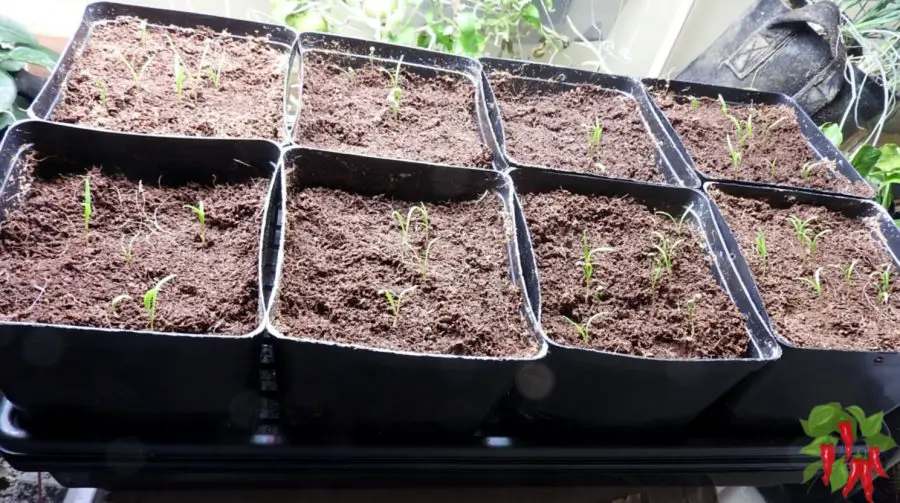
Alright, let’s be real for a second. Pests can be a nightmare for outdoor gardens. But when you’re growing indoors, that’s far less of a concern.
In your controlled environment, you can also fine-tune things like light, temperature, and humidity, which means you can practically customize the growing conditions for your baby greens.
Too much rain outside? Doesn’t matter. Is it too hot? Your indoor greens couldn’t care less.
You’re the boss of your own baby greens’ environment, and that can make for some seriously healthy plants.
Year-Round Cultivation Potential
One of the most exciting perks of indoor cultivation? The growing season never has to end!
When you’re growing baby greens indoors, winter, spring, summer, or fall, it doesn’t matter.
You can keep that green goodness coming all year long. No need to wait for the last frost or worry about your greens wilting in the heat.
Your living room or kitchen stays pretty much the same year-round, and that means you can enjoy fresh, homegrown greens whenever you like. How amazing is that?
FAQ
So, you’ve got questions, huh? Don’t worry, you’re not alone! In this section called FAQ, we’re tackling some of the most common queries people have about baby greens.
From what they actually are to how much sunlight they need, we’ve got the answers. We’ve even thrown in some questions you didn’t know you had but will be glad we answered.
It’s like having a knowledgeable friend in your corner, helping you become a baby greens guru one question at a time.
Ready to become the go-to expert in your circle? Let’s dive in!
Q: What are the baby greens?
A: Baby greens are young leaves harvested from various types of vegetables like lettuce, spinach, and arugula.
They’re picked early in their growth cycle, usually a few weeks after planting, which gives them a tender texture and often a more vibrant flavor compared to their mature counterparts.
Q: What’s another name for baby greens?
A: Another name for baby greens is mini greens. You might also come across terms like young greens or petite greens in some places. But no matter the name, they’re all scrumptiously tender and full of flavor.
Q: How much sun do baby greens need?
A: Good news! Baby greens aren’t super fussy about sunlight. If you’re growing them indoors, they’ll generally be happy with indirect light for at least 4 to 6 hours a day.
If you’re giving them a go outside, partial shade is also fine. Of course, more light usually means faster growth, but you’ve got some leeway here.
Q: Are baby greens better?
A: Better is subjective, but baby greens do have some unique benefits.
They’re often more tender and can have a more concentrated flavor. Nutrient-wise, they often contain more vitamins and antioxidants compared to mature greens.
But whether they’re better really depends on your personal preference and nutritional needs.
Q: What is the difference between baby greens and regular greens?
A: The main difference lies in the age and size. Baby greens are harvested early, so they’re smaller and usually more tender.
Regular or mature greens are harvested later and are generally larger, tougher, and may have a more robust flavor.
Nutritionally, baby greens can have a denser concentration of nutrients, but mature greens are still pretty darn good for you too!
Conclusion
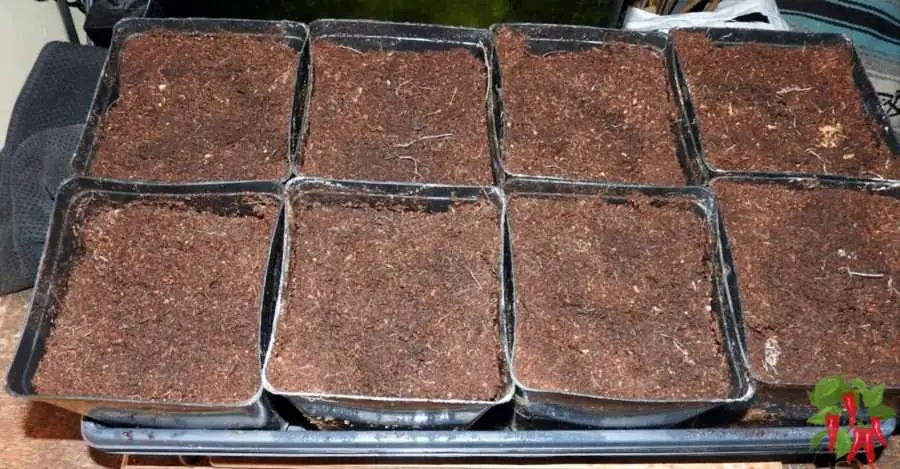
Alright, we’ve been on quite the journey together, haven’t we? From learning the ABCs of baby greens to diving into their health benefits and even tackling some FAQs, we’ve covered a lot.
So, what’s the takeaway? Well, in this concluding section, we’re going to wrap it all up neatly.
We’ll revisit why these tiny greens pack a big punch and even give you a sneak peek of what’s next on the agenda. So, stay with me for a few more minutes; you won’t regret it!
Reiteration of the Value and Benefits of Baby Greens
So, just to jog your memory a bit baby greens are not just a culinary delight, but they’re also a nutritional powerhouse.
From offering a bounty of vitamins, minerals, and antioxidants to being super digestible, they make an excellent choice for anyone looking to up their greens game.
Remember, these small leaves can be big-time game-changers in salads, smoothies, and even as garnish for your favorite dishes.
If you’ve been thinking about integrating more greens into your diet or even growing your own, baby greens are a fantastic place to start.
Encouragement to Continue Exploring Our Website
So, now that you’re practically a baby greens guru, what’s next? Well, let’s just say we’ve got a treasure trove of content coming your way.
Think you might be interested in organic growing methods or perhaps some mouth-watering recipes that star baby greens?
Maybe you’re curious about how to tackle pests naturally or the best containers for indoor cultivation?
Well, stick around because we’ll be diving deep into all of these topics and more.
Trust me, your green thumb and your taste buds won’t want to miss out!
Start here: Growing Baby Greens Indoors



